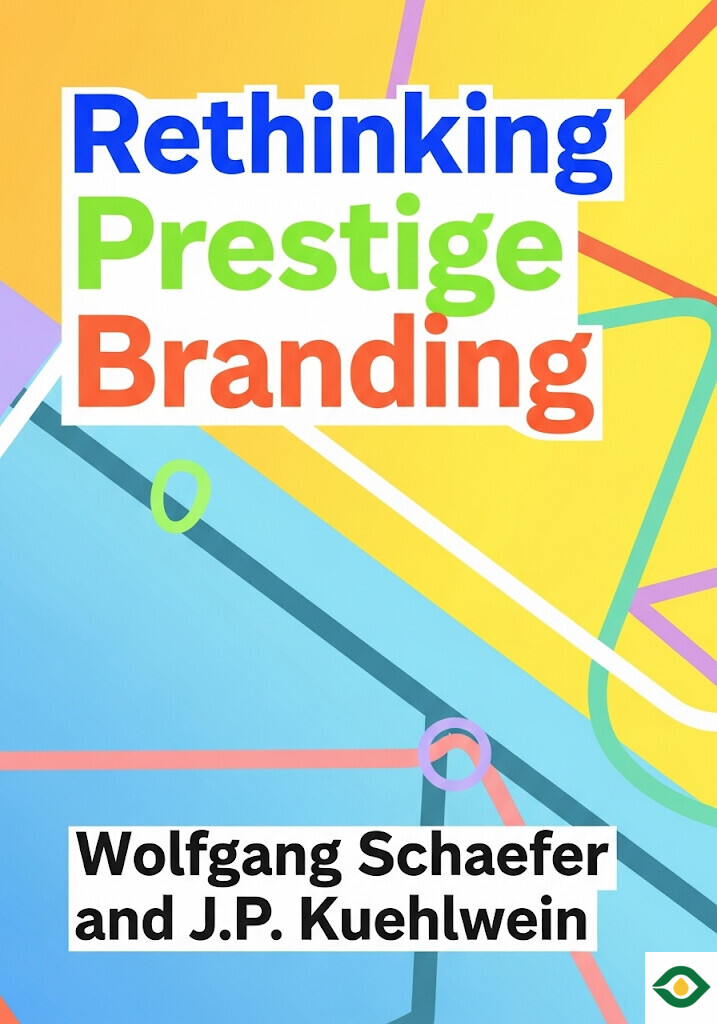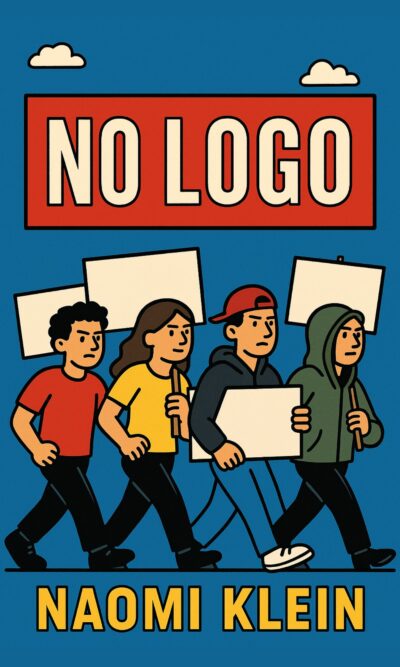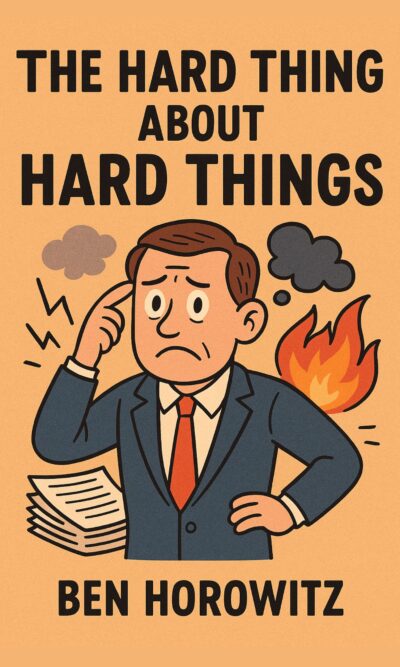Description
Prestige has always fascinated people. For centuries, buying luxury goods was a way to show status and wealth. A handbag, a watch, or a sports car with a high price tag used to be enough to signal success. But the world has changed. Technology, social media, and shifting consumer values have reshaped what it means to be prestigious. Today, prestige branding—sometimes called “über-branding”—is not simply about charging more. It’s about creating meaning, telling powerful stories, and making people feel that being part of your brand says something about who they are.
In the past, exclusivity was mostly about money. If something was too expensive, only a few people could afford it, and that was enough to make it desirable. But now, exclusivity is no longer guaranteed. Almost anyone can buy luxury items secondhand, rent them, or find them in flash sales online. A designer purse can be borrowed for a weekend. A luxury car can be rented for a day. Because of this, a high price tag doesn’t always make a product feel truly special anymore.
Instead, knowledge and authenticity have become the new signals of prestige. Today, people respect brands that are smart, innovative, and honest. A company that uses cutting-edge technology, or that creates something deeply original, can stand apart. A brand can also earn respect by being ethical—caring about the environment, fair labor, or social issues. In an age where information spreads quickly, one unethical act can destroy a reputation overnight. Consumers want to support companies that do good as well as look good.
Prestige branding in the modern world is about defining your own standards. Instead of competing to be the “fastest,” the “most expensive,” or the “biggest,” an über-brand sets its own rules and ideals. Apple is a great example. It doesn’t sell the most technically advanced devices in every category, but it sells products that feel like art, blending technology with beauty and lifestyle. Customers buy into that philosophy, not just the product.
This idea of self-definition connects to a larger truth: today’s customers crave authenticity and individuality. Mass-produced items that feel generic don’t inspire loyalty. People want products that seem unique, handmade, meaningful, or connected to a deeper story. They want to feel that what they buy says something about their personality and values. A small soap company that makes natural, flower-petal soaps may be seen as more authentic than a giant brand producing millions of identical bars.
To create this kind of brand, the first step is to build a clear mission. A mission is more than “making money.” It’s the deeper reason your company exists. A mission should explain what you stand for and why people should care. This doesn’t mean every company needs to be political or save the planet, but it does mean you must have a guiding principle. For example, the supermarket chain Edeka in Germany decided its mission was to focus on high-quality food. This clear decision gave its stores a stronger identity, even though it risked losing some price-sensitive customers. Those who cared about quality became loyal fans.
Another path is to commit to a social or environmental mission. Patagonia, the outdoor clothing company, has built its entire reputation around sustainability. It tells people to buy less, repair their clothes, and think about the planet before shopping. It may sound strange for a company to discourage sales, but it works because it strengthens trust. Customers see that the brand is true to its mission, and that builds long-term respect.
Beyond mission, prestige branding requires finding the right balance between exclusivity and belonging. The best brands create a “velvet rope” effect—some people are inside the circle, while others aspire to join. Ben & Jerry’s ice cream, for instance, manages to be sold everywhere yet still feels special. It targets a core group of socially conscious, creative, and slightly rebellious people. Others buy the brand because they want to feel part of that “cool” circle. The balance is delicate: if a brand becomes too common, it loses its prestige; if it is too closed-off, it won’t grow.
Another secret of prestige branding is subtle seduction. Ordinary brands shout and push discounts, but über-brands don’t oversell. They hint, inspire, and let the product speak for itself. Think of Abercrombie & Fitch’s old ads that barely showed clothes at all, instead selling a lifestyle and a feeling. This “un-selling” makes people want to be part of the mystery.
At the heart of it all lies storytelling. Human beings have always loved stories, from fireside tales to modern movies. A good brand story can capture imagination and turn a product into something much more. Moleskine notebooks, for example, remind customers of Hemingway and other great writers. Buying one feels like connecting to a creative tradition. Chanel’s story of Coco Chanel rising from humble beginnings to fashion legend makes people admire not just the clothes, but the myth behind them. Stories give brands a soul.
Of course, storytelling only works if the product delivers. A brand can tell the most inspiring tale, but if the product is weak, the magic is lost. Porsche promises speed and performance, and its cars must live up to that promise. Luxury skincare products like Crème de la Mer add rituals and instructions, making the experience feel almost sacred. Presentation, rituals, and even small details can elevate a product into something “holy,” something worth aspiring to.
But branding is not only about customers—it also starts inside the company. A mission and myth must be real in the workplace too. If a brand wants to appear creative and cool, it cannot force employees into dull cubicles with no freedom. Many of the strongest prestige brands are guided by two leaders: one creative visionary and one business strategist. This balance keeps the brand authentic but also profitable.
Finally, true prestige requires controlled growth. Many companies rush to expand, chasing quick profits. But prestige brands grow carefully, protecting their uniqueness. They avoid becoming too common too fast. Patagonia, again, demonstrates this by deliberately limiting sales. Being rare, thoughtful, and measured helps preserve the aura of something special.
The overall lesson is clear: prestige branding today is not about price or exclusivity alone. It’s about mission, authenticity, storytelling, and discipline. Customers want more than products; they want meaning, identity, and values they can share. By carefully defining your mission, telling powerful stories, staying authentic, and controlling growth, a brand can achieve long-lasting prestige.
In short, prestige today belongs to brands that dare to be different, stand for something real, and live up to the promises they make.





